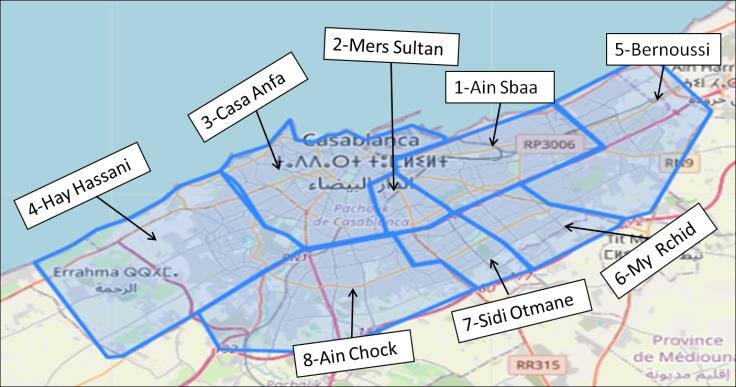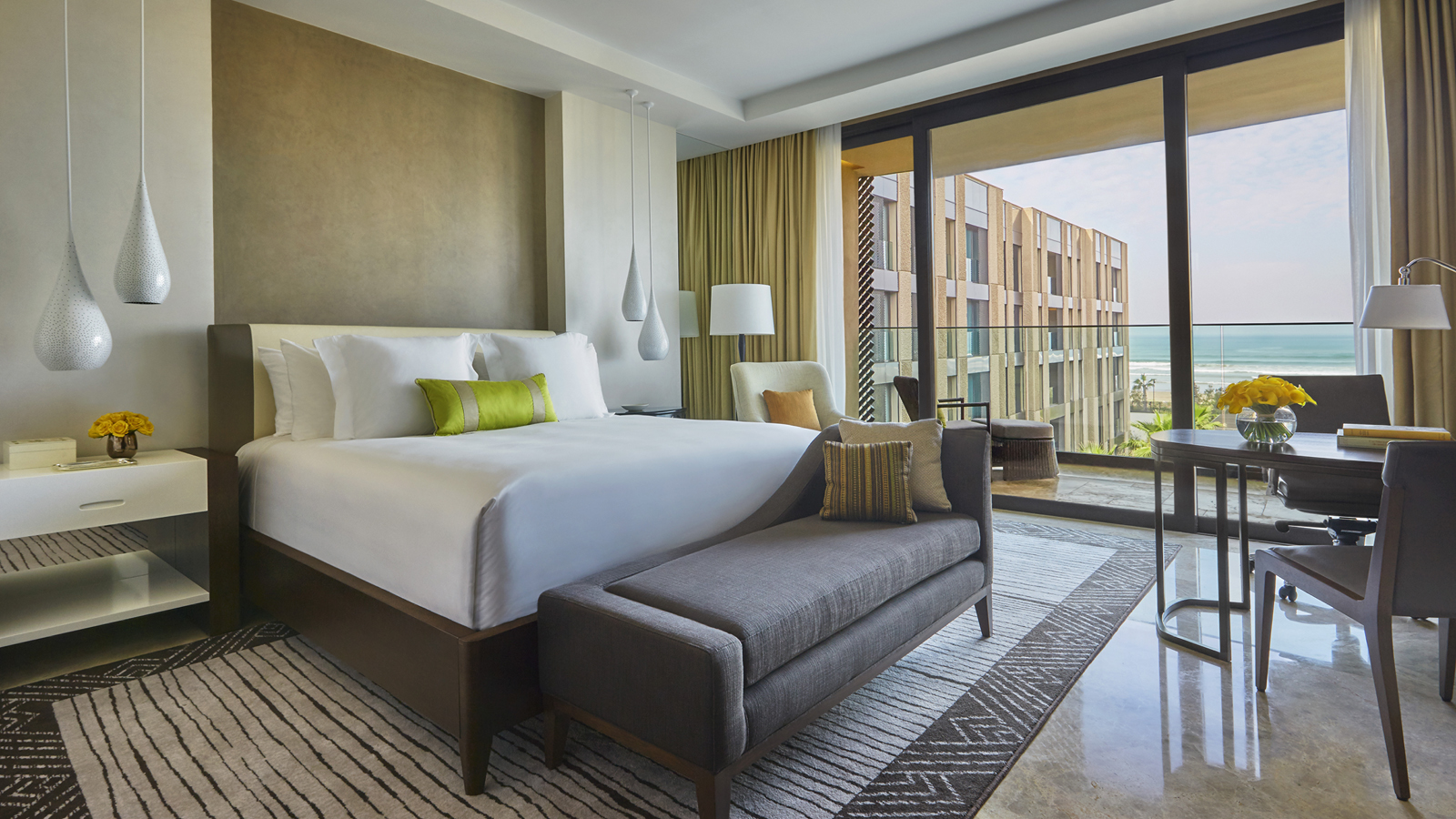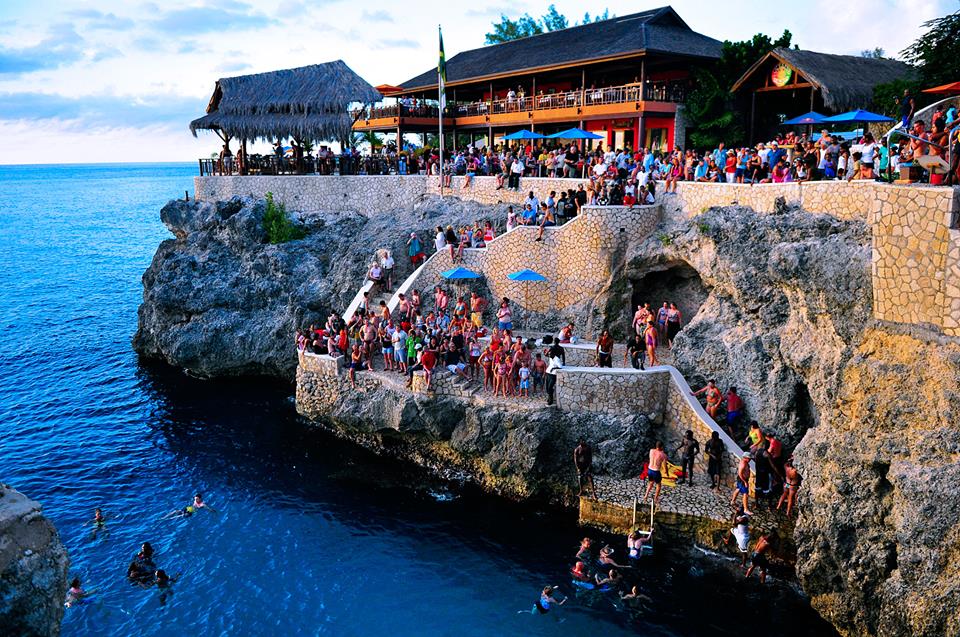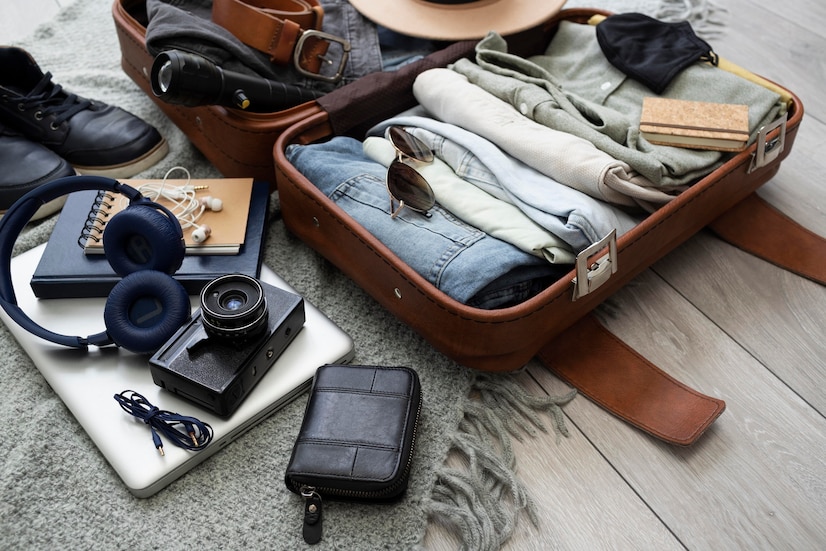
Complete Guide to Visiting Casablanca, Morocco
Casablanca, Morocco’s largest city, is a vibrant blend of modernity and tradition. As the country’s economic hub, Casablanca is often seen as a city of business, but it has much to offer tourists as well. From stunning architecture and cultural landmarks to vibrant street life and coastal beauty, Casablanca is a gateway to the contemporary side of Morocco while still retaining its cultural roots. In this complete guide, we’ll explore everything you need to know to plan a memorable visit to Casablanca.
Why Visit Casablanca?
Casablanca is the most cosmopolitan city in Morocco and is known for its European-influenced architecture, bustling markets, and the stunning Hassan II Mosque. While not as tourist-heavy as Marrakech or Fes, it offers a more authentic urban experience and a glimpse into the daily lives of modern Moroccans. Its mix of historic charm and modern amenities makes it a unique destination.
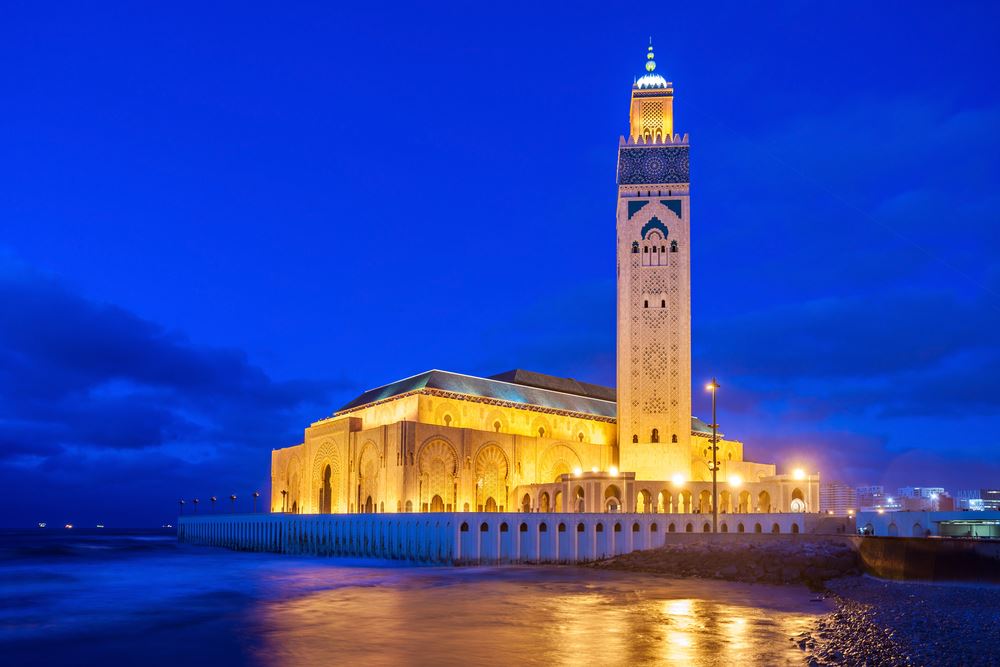
Best Time to Visit Casablanca
Casablanca enjoys a mild Mediterranean climate, with warm summers and mild winters. The city is pleasant to visit year-round, but the best times to visit are during spring (March to May) and fall (September to November) when temperatures are moderate, and the weather is comfortable for exploring.
-
- Spring (March to May): This is an ideal time to visit, with blooming gardens, clear skies, and pleasant temperatures.
- Fall (September to November): Like spring, the weather is mild and perfect for sightseeing.
- Summer (June to August): Although summer can get warm, Casablanca’s coastal location means it’s cooler than the inland cities like Marrakech and Fes.
- Winter (December to February): Winters are mild, with occasional rain, but it’s still a good time to visit, especially if you’re looking to avoid crowds.
How to Get to Casablanca
Casablanca is well-connected to major cities around the world, making it a popular entry point for international travelers to Morocco.
-
- By Air: Casablanca’s Mohammed V International Airport (CMN) is the busiest airport in Morocco, serving flights from Europe, North America, and the Middle East. The airport is located about 30 kilometers (18 miles) south of the city center. From the airport, you can take a taxi, train, or airport shuttle to reach the city.
- By Train: Casablanca is connected by rail to other major Moroccan cities, including Marrakech, Rabat, Fes, and Tangier. The ONCF train service is efficient and offers both regular and high-speed trains (Al Boraq) for long-distance travel.
- By Bus: Buses run frequently between Casablanca and other cities in Morocco. CTM and Supratours are two reliable bus companies offering comfortable travel across the country.
- By Car: Casablanca is accessible by road, and renting a car is a convenient option if you plan to explore Morocco beyond the city.
Top Things to Do in Casablanca
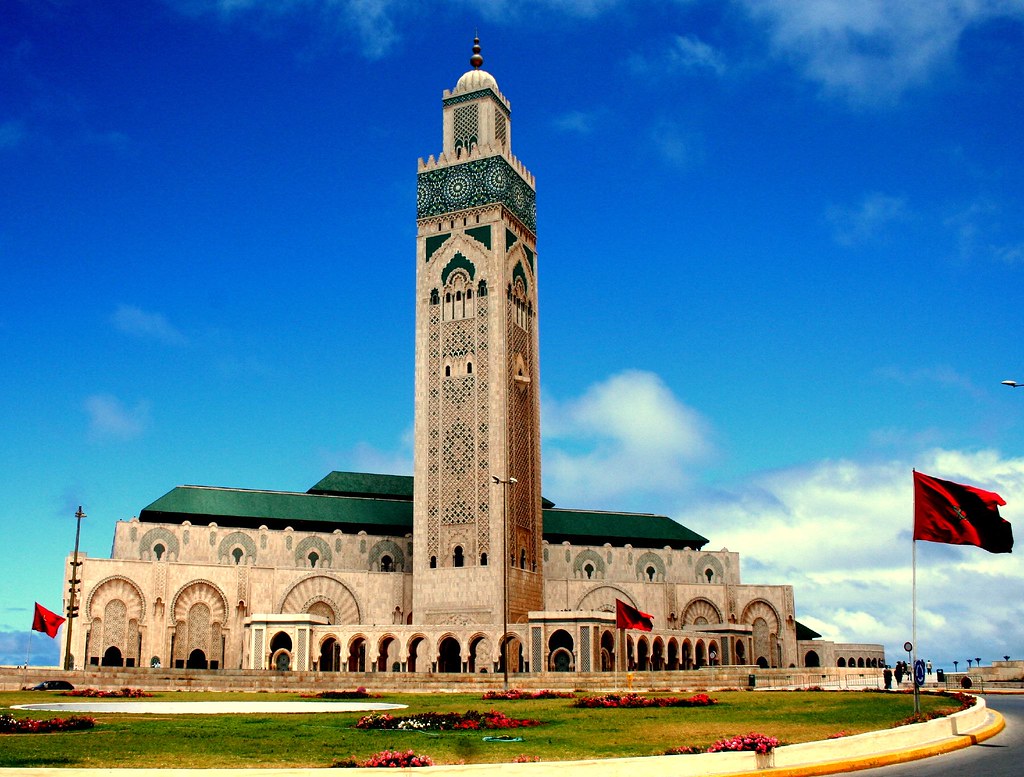
Top Things to Do in Casablanca
The Hassan II Mosque is the crown jewel of Casablanca and one of the most impressive religious structures in the world. It is the largest mosque in Morocco and the 7th largest in the world, with a capacity of 105,000 worshippers. Perched on the edge of the Atlantic Ocean, the mosque boasts a stunning blend of traditional Moroccan craftsmanship and modern architectural techniques.
- Highlights:
-
- The mosque’s towering minaret, standing at 210 meters (690 feet), is the tallest in the world.
- The interior is decorated with intricate mosaics, marble, wood, and stucco work.
- The mosque is one of the few in Morocco that non-Muslims are allowed to visit. Guided tours are available, which provide fascinating insights into the architecture and religious significance of the mosque.
-
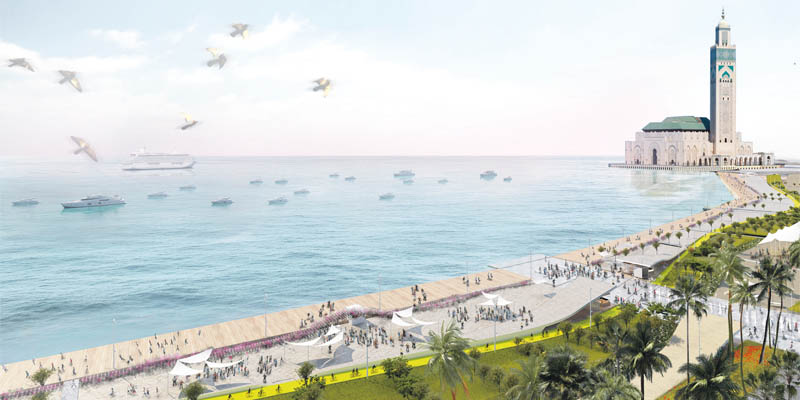
The Corniche
Casablanca’s Corniche is a lively coastal promenade that stretches along the Atlantic Ocean in the Ain Diab district. It’s the perfect place to enjoy a leisurely walk, watch the sunset, or dine at one of the many restaurants overlooking the ocean.
- What to Do:
-
- Enjoy a meal at one of the seaside cafés or restaurants, many of which serve fresh seafood and traditional Moroccan dishes.
- Relax at one of the private beach clubs, which offer access to swimming pools and sun loungers.
- Visit Rick’s Café, a famous restaurant inspired by the classic film “Casablanca,” for a nostalgic experience and live jazz music.
-
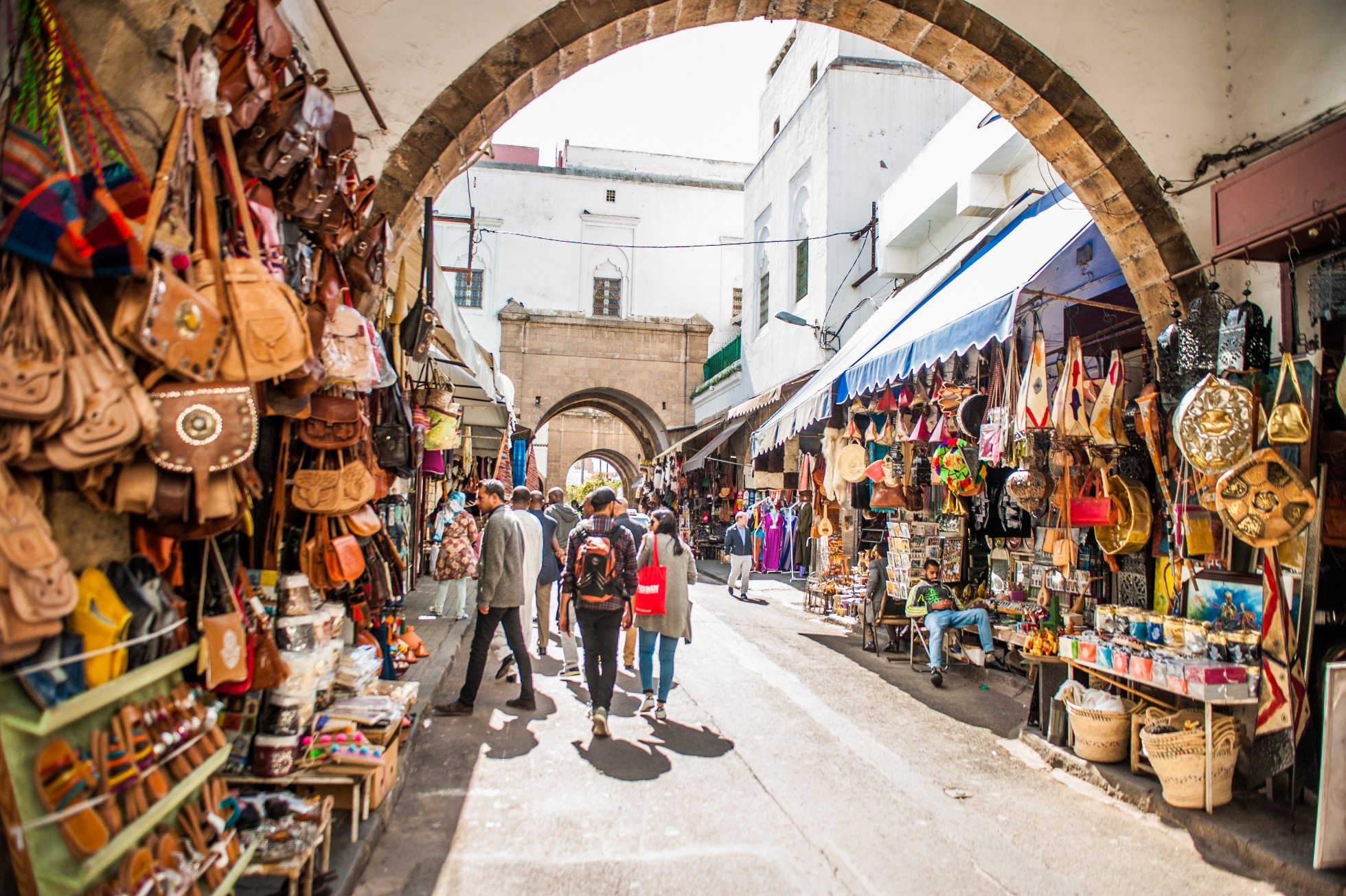
Old Medina
Casablanca’s Old Medina is smaller and less chaotic than those in cities like Fes or Marrakech, but it’s still worth exploring. It’s a maze of narrow alleyways filled with small shops, local markets, and traditional Moroccan crafts.
- What to See:
-
- Explore the souks for traditional Moroccan items like carpets, jewelry, spices, and leather goods.
- Visit the Sqala, an old fortress that offers a glimpse into the city’s past. There’s also a lovely café where you can enjoy mint tea while overlooking the ocean.
-
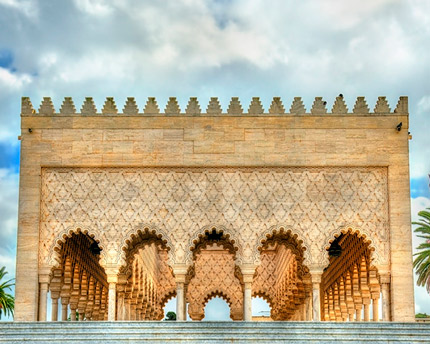
Quartier Habous (New Medina)
The Quartier Habous, also known as the New Medina, is a modern interpretation of a traditional medina built by the French in the 1930s. It’s a charming neighborhood filled with tree-lined streets, shops, and cafés.
- What to See:
-
- Visit the Royal Palace (from the outside, as it’s not open to the public).
- Shop for traditional Moroccan goods like olives, spices, rugs, and pottery in the local markets.
- Stop by the Mahkama du Pacha, a stunning building featuring intricate tilework and wood carvings, used for government functions.
-
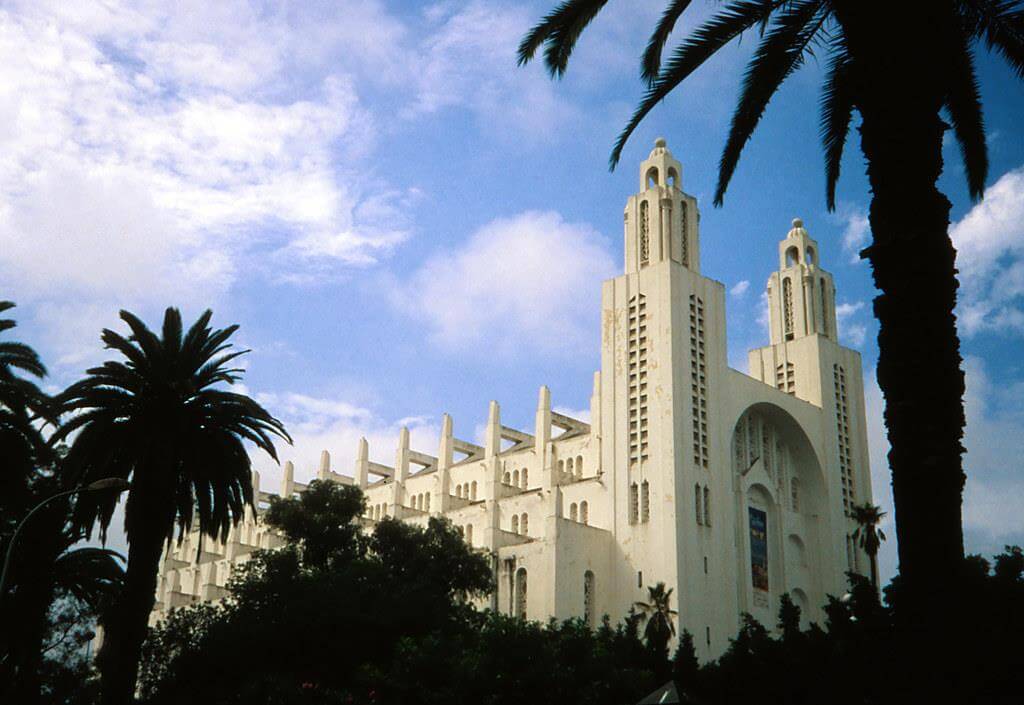
Casablanca Cathedral (Sacré Coeur Cathedral)
Though no longer used as a religious site, the Casablanca Cathedral is a beautiful piece of neo-Gothic architecture located near the city center. Built in the 1930s, it’s now used for cultural events and exhibitions.
- What to See:
-
- Admire the unique mix of European and Moroccan architectural elements, such as the white façade and pointed arches.
- Climb to the top for panoramic views of the city.
-

Morocco Mall
For a more modern experience, head to the Morocco Mall, one of the largest shopping malls in Africa. It’s located on the Corniche and features luxury boutiques, international brands, a food court, and even an aquarium.
- What to Do:
-
- Shop for international and Moroccan designer brands.
- Dine at the mall’s wide variety of restaurants, offering both local and international cuisine.
- Visit the Aquadream Aquarium, which houses over 3,000 species of fish and offers visitors the chance to walk through an underwater tunnel.
-
Where to Stay in Casablanca
Casablanca offers a range of accommodations to suit all budgets, from luxury hotels to budget-friendly hostels.
- Luxury Hotels:
-
- Four Seasons Hotel Casablanca: A 5-star hotel located along the Corniche, offering stunning ocean views, luxurious rooms, and excellent dining options.
- Hyatt Regency Casablanca: Situated near Place Mohammed V, this hotel combines modern amenities with Moroccan design elements.
-
- Mid-Range Hotels:
-
- Le Doge Hotel & Spa: A charming boutique hotel located in the Art Deco district, offering beautifully decorated rooms and a rooftop terrace.
- ONOMO Hotel Casablanca City Center: A comfortable and centrally located option with modern rooms and friendly service.
-
- Budget-Friendly Hotels:
-
- Hotel Central: Located near the Old Medina, this budget-friendly hotel offers basic but clean accommodations in a convenient location.
- Ibis Casablanca City Center: A reliable and affordable option, located near the Casa-Port train station and just a short walk from the city’s attractions.
-
What to Eat in Casablanca
Casablanca’s dining scene is diverse, offering everything from street food to upscale dining. While you can find international cuisine throughout the city, don’t miss the chance to sample traditional Moroccan dishes.
- Traditional Moroccan Dishes:
-
- Tagine: A slow-cooked stew made with meat (usually lamb, chicken, or beef), vegetables, and spices. It’s served in the clay pot it’s named after.
- Couscous: A staple dish in Morocco, typically served with vegetables and meat, topped with a flavorful broth.
- Pastilla: A unique Moroccan pie filled with pigeon or chicken, almonds, and spices, wrapped in a flaky pastry and dusted with cinnamon and sugar.
-
- Where to Eat:
-
- La Sqala: Located in the Old Medina, this restaurant serves traditional Moroccan dishes in a beautiful garden setting.
- Rick’s Café: Inspired by the film “Casablanca,” Rick’s Café offers a nostalgic atmosphere with a mix of Moroccan and international dishes.
- Basmane: A high-end restaurant offering a fine dining experience with live entertainment and traditional Moroccan cuisine.
-
Practical Tips for Visiting Casablanca
-
- Currency: The local currency is the Moroccan dirham (MAD). Most places accept credit cards, but it’s a good idea to carry cash for smaller purchases and in local markets.
- Language: Arabic is the official language, but French is widely spoken. In tourist areas, you’ll also find English speakers.
- Getting Around: Casablanca has a good public transportation system, including buses, trams, and taxis. For convenience, taxis are the most popular mode of transport, but be sure to agree on a price before starting your journey.
Casablanca is often overshadowed by other Moroccan cities, but its unique blend of modernity and tradition makes it a fascinating destination. From the majestic Hassan II Mosque to the lively Corniche and the charming Quartier Habous, this city has something for every traveler. Whether you’re interested in architecture, shopping, or experiencing the local culture, a trip to Casablanca offers an authentic and memorable Moroccan experience.

